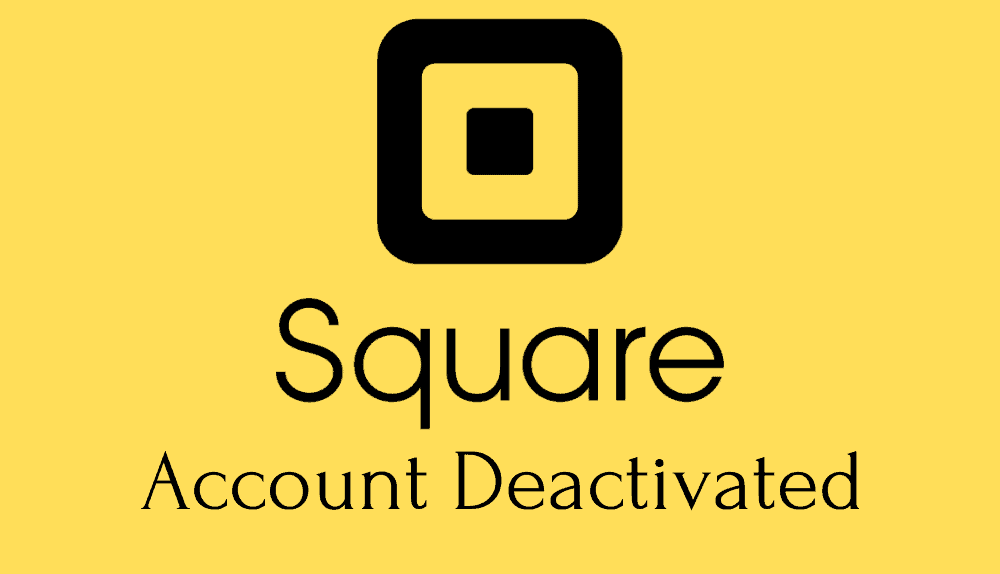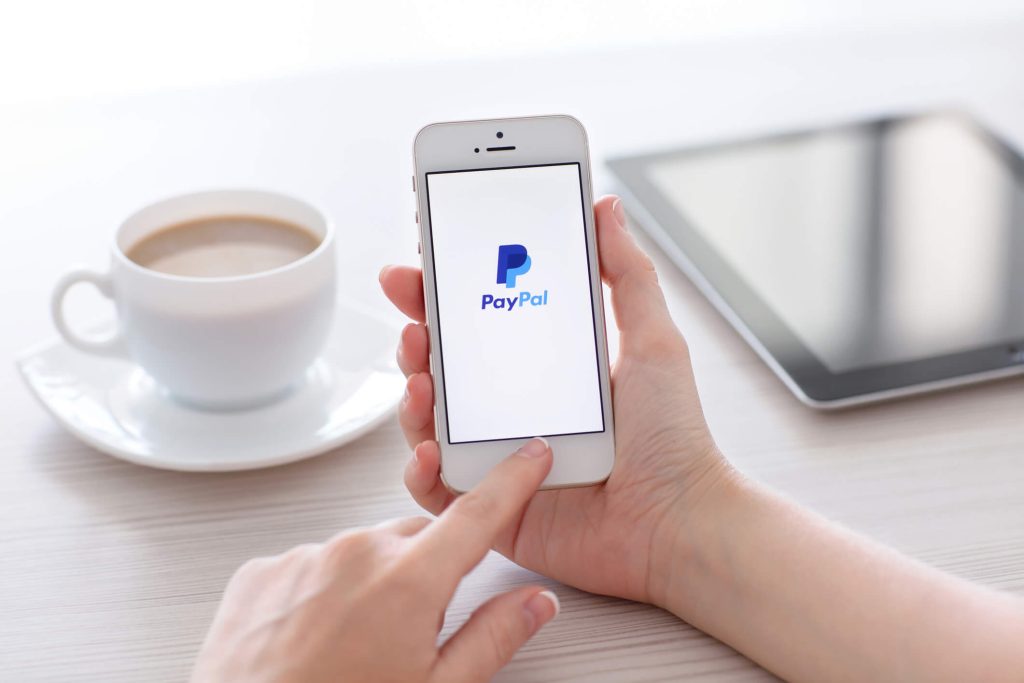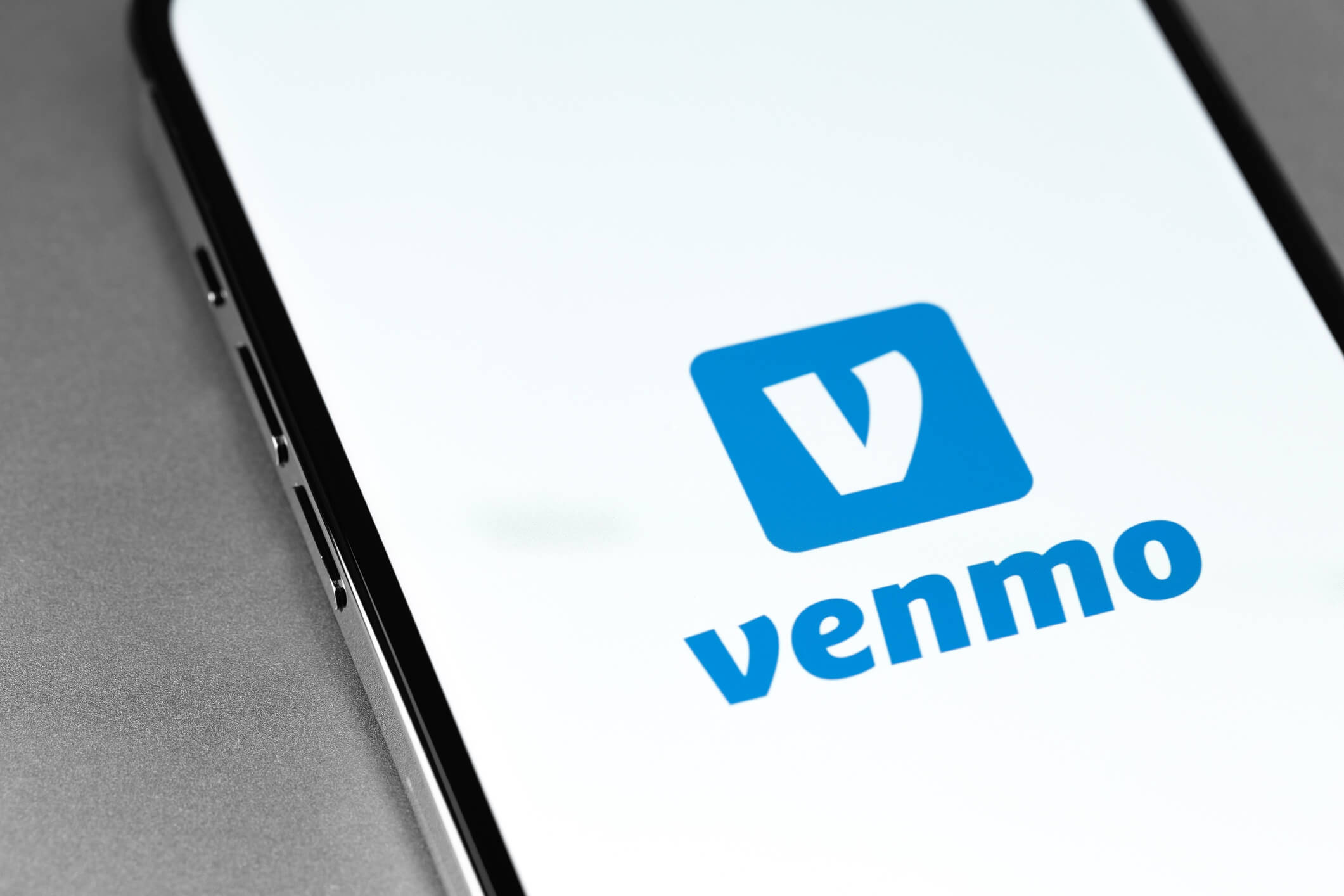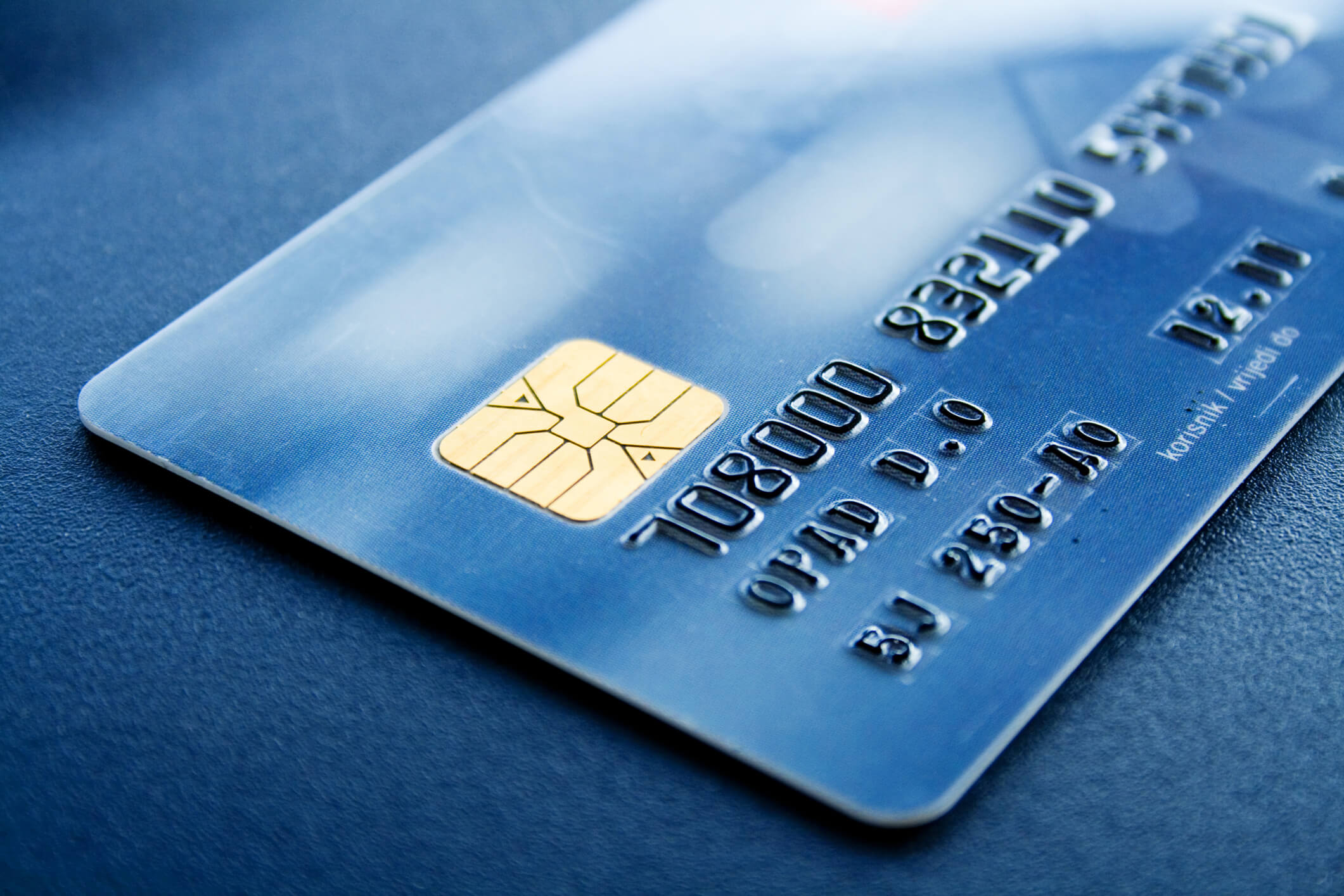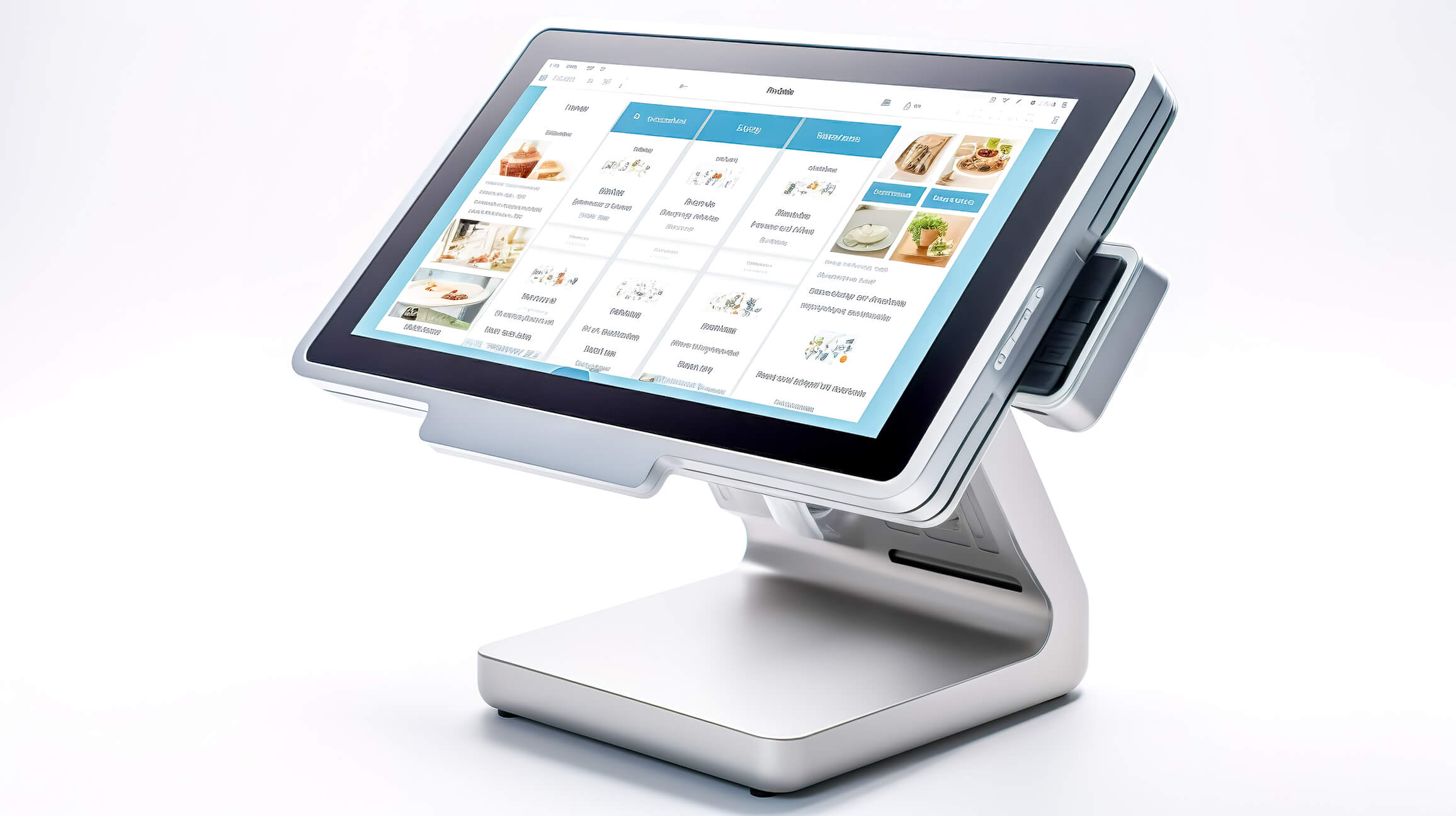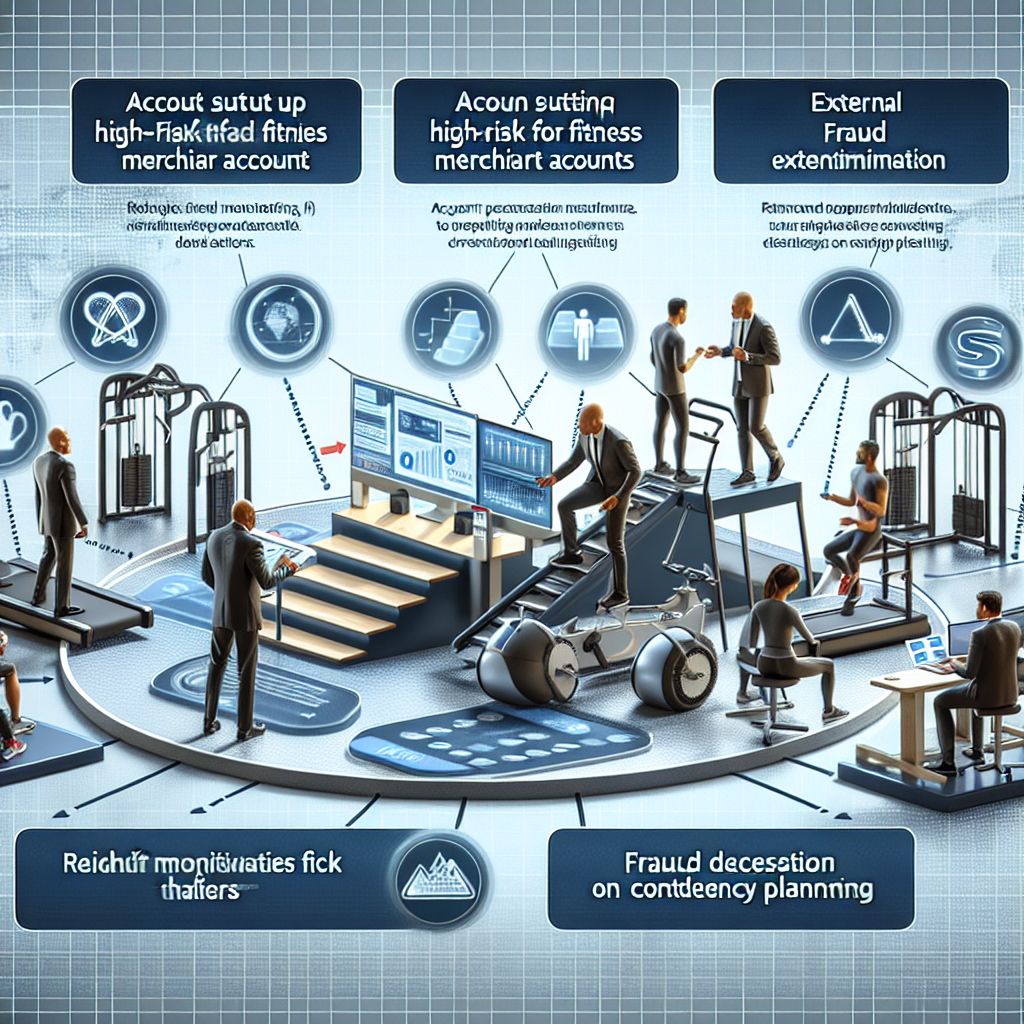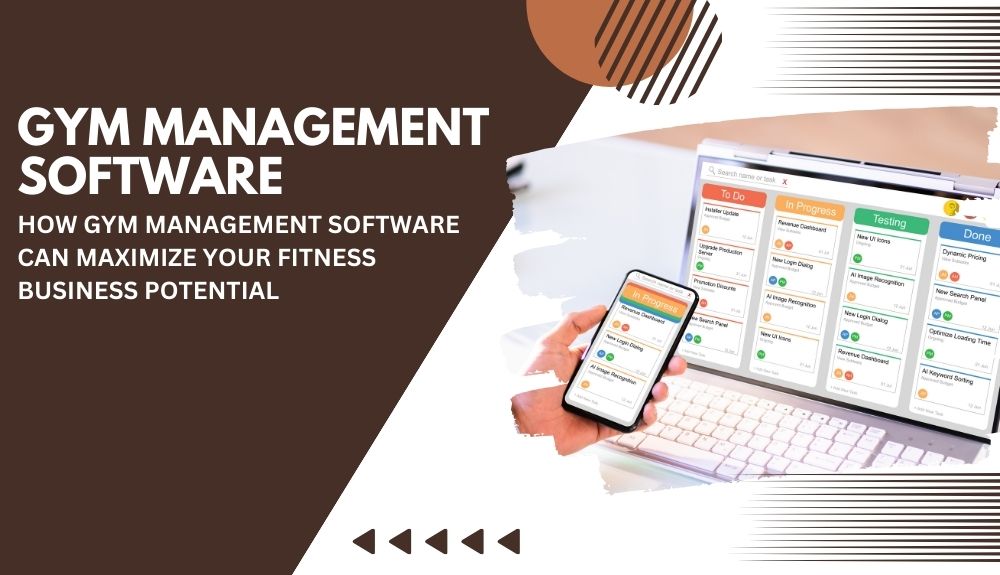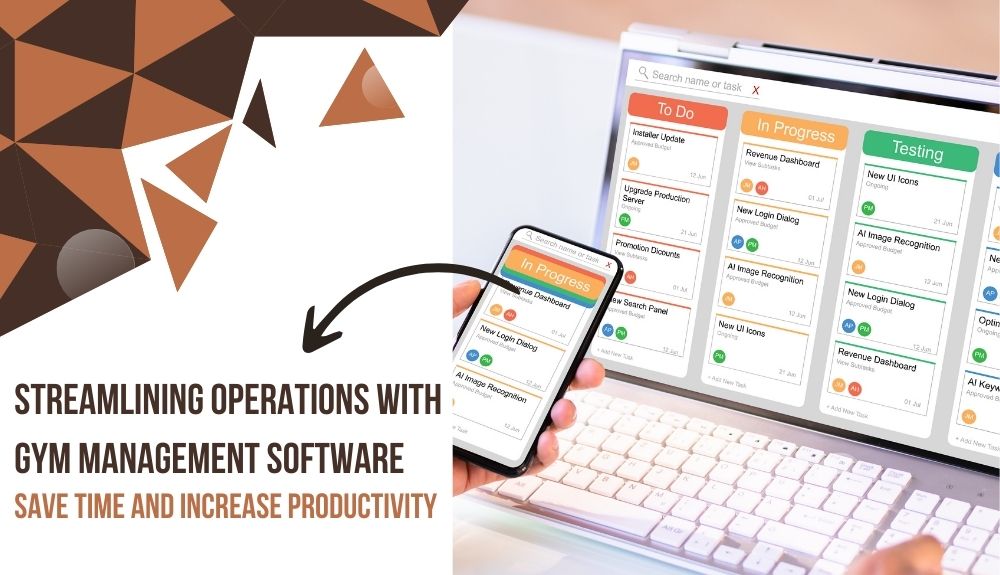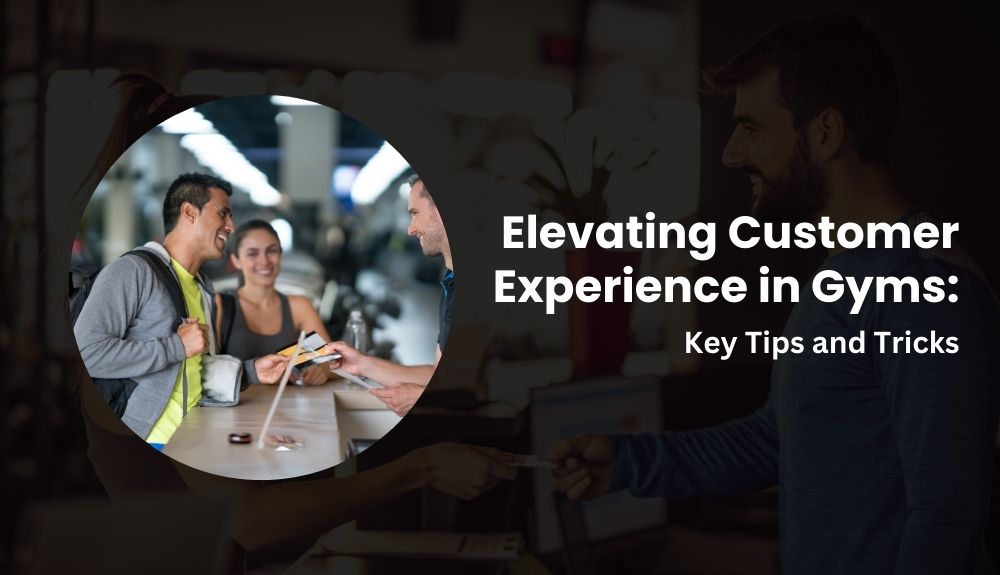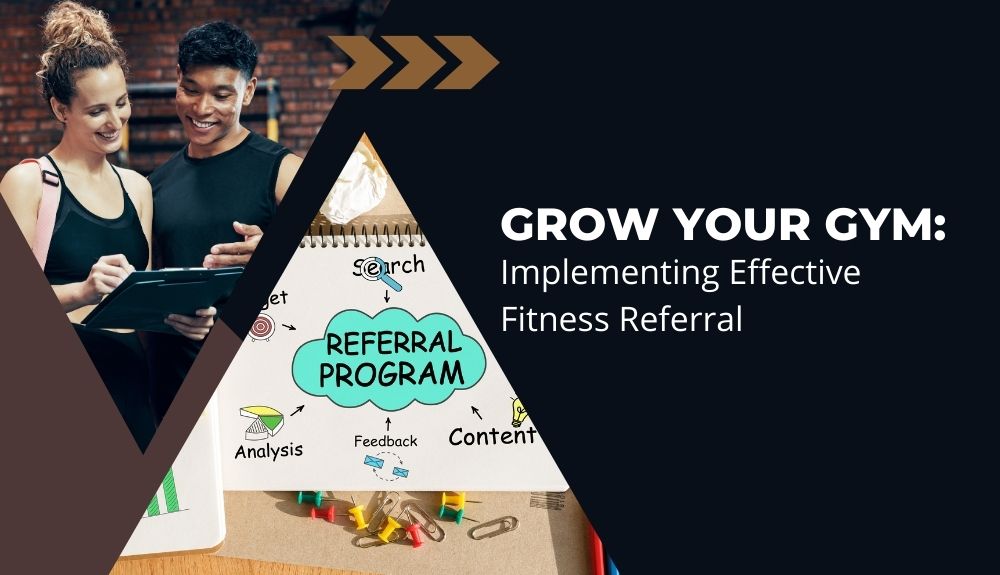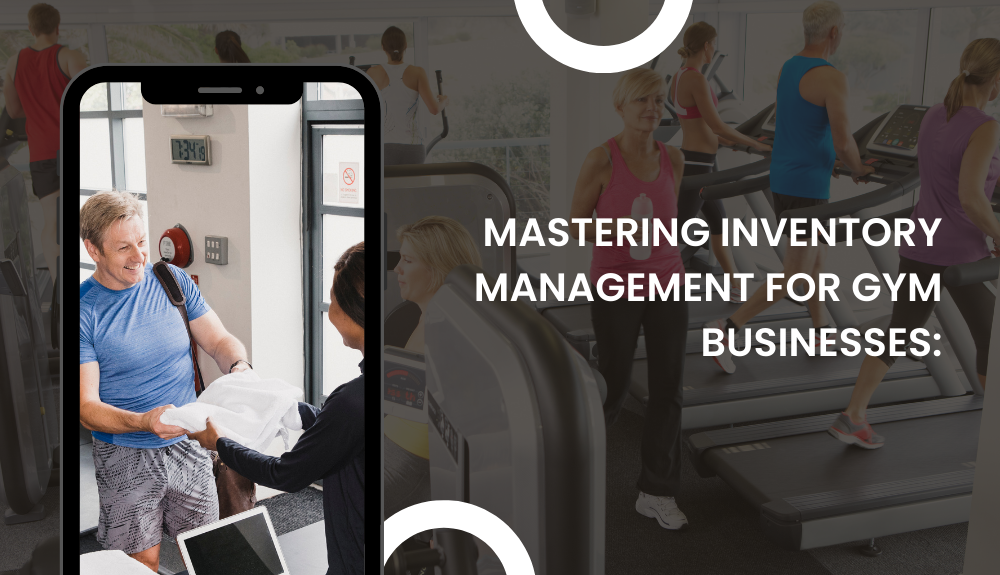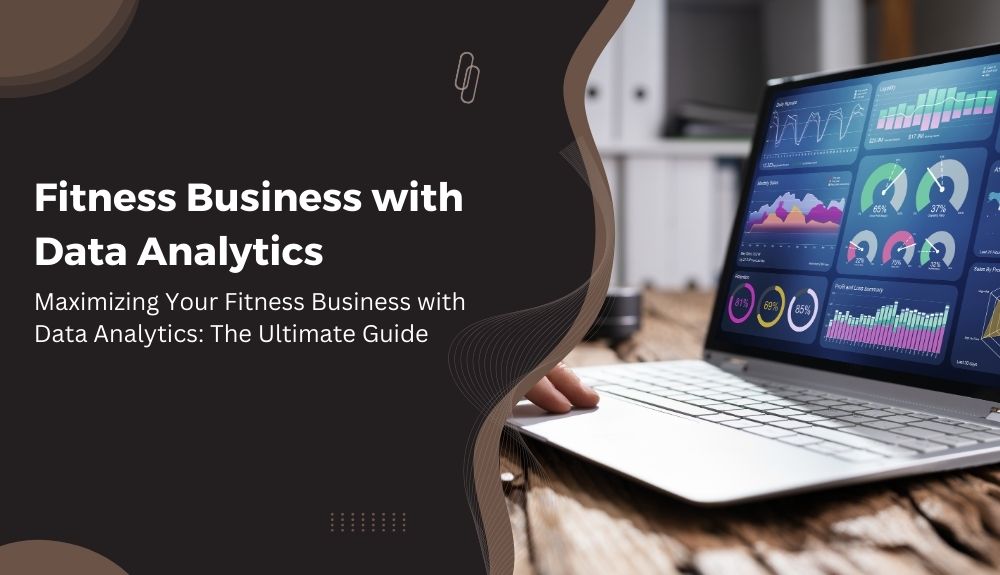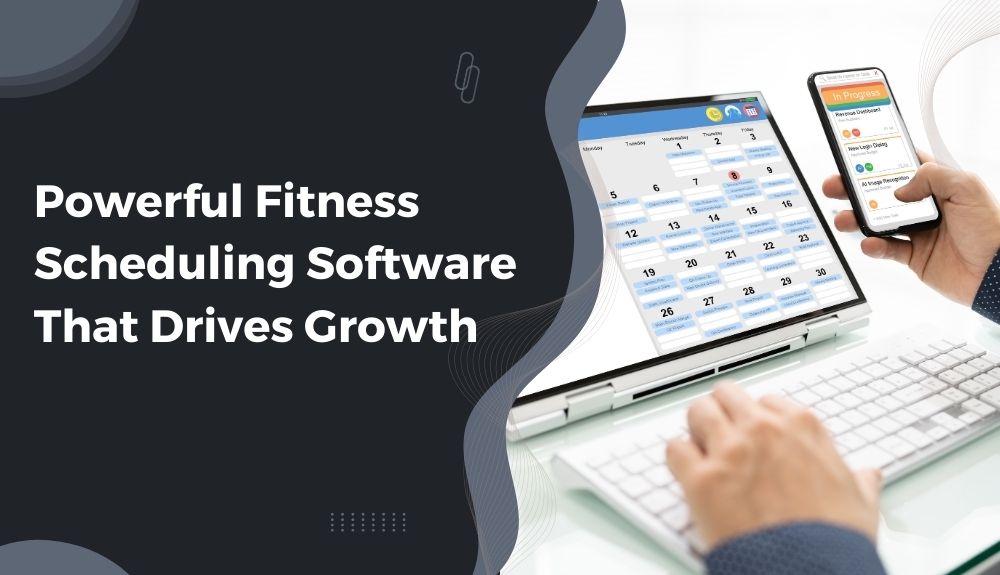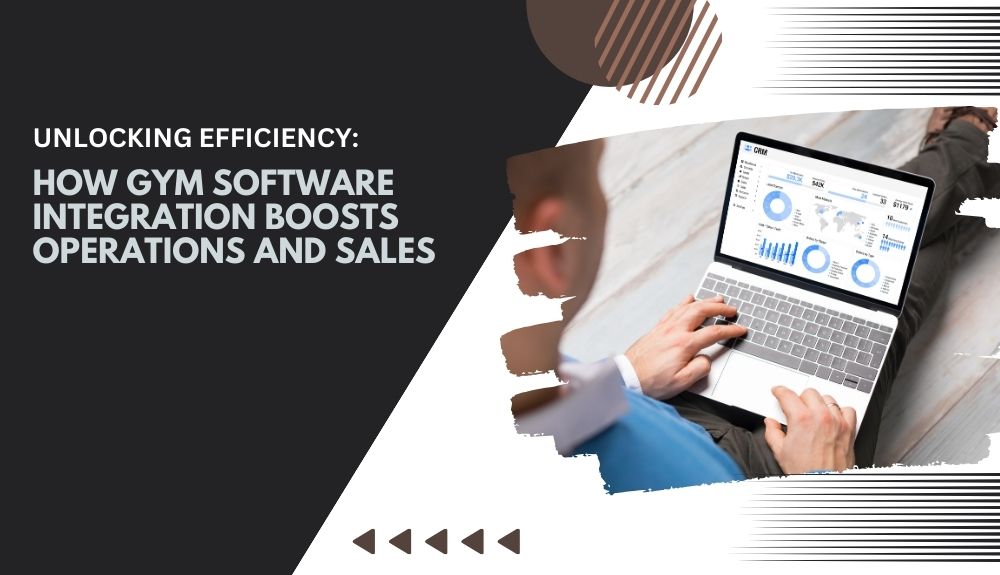Square is a widely used payment processing platform for small businesses, offering a range of services from point-of-sale systems to financial management tools. However, like any financial service, there are instances where accounts may be deactivated. If your Square account has been deactivated, it's crucial to understand the reasons behind...
Intuit QuickBooks is Discontinued: A Guide to the Phaseout
In the world of accounting software, Intuit QuickBooks has long been a trusted and popular choice for small businesses. However, news of its discontinuation has left many users wondering about the future of their financial management systems. In this comprehensive guide, we will delve into the reasons behind the discontinuation,...
PayPal Seller Fees in 2024: A Detailed Guide
In the ever-evolving world of e-commerce, PayPal has emerged as one of the most popular payment platforms for both buyers and sellers. With its user-friendly interface and secure transactions, PayPal has become a go-to choice for millions of online businesses. However, like any other service, PayPal charges fees for its...
Etsy Seller Fees & Pricing in 2024: A Detailed Guide
Etsy has become a popular platform for artisans, crafters, and small business owners to sell their unique products online. With its user-friendly interface and vast customer base, Etsy provides sellers with a valuable opportunity to showcase their creations and reach a global audience. However, like any e-commerce platform, Etsy charges...
Amazon Seller Fees in 2024: A Detailed Guide
In the ever-expanding world of e-commerce, Amazon has emerged as a dominant force, providing a platform for millions of sellers to reach a global customer base. However, selling on Amazon comes with its own set of costs, known as Amazon seller fees. These fees are essential for the smooth functioning...
A Guide to Stripe Pricing & Fees (2024 Guide)
In today's digital age, online businesses are thriving, and the need for efficient and secure payment processing solutions has never been greater. Stripe, a leading payment gateway, has emerged as a popular choice for businesses of all sizes. However, understanding the intricacies of Stripe pricing is crucial for businesses to...
Square Pricing for 2024: A Detailed Guide
Square is a leading payment processing platform that offers a range of services and features to help businesses streamline their operations and accept payments from customers. As we look ahead to 2024, it is important for businesses to understand Square's pricing structure and how it can impact their bottom line....
A Guide to Cash App Chargebacks: 2024 Updated
Cash App is a popular peer-to-peer payment app that allows users to send and receive money easily. However, there may be instances where a user needs to dispute a transaction and request a chargeback. In this comprehensive guide, we will explore the basics of Cash App chargebacks, how to initiate...
How to Integrate POS Systems with Fitness Management Software
Integrating POS systems with fitness management software is a strategic move for gym owners looking to streamline operations and enhance the member experience. This integration allows for a seamless connection between sales transactions and member management, providing a holistic view of business operations and improved data accuracy. Here’s a step-by-step...
How to Reduce Payment Processing Fees in Your Gym Business
Running a successful gym business involves managing various expenses, and payment processing fees can be a significant burden. However, with the right strategies and knowledge, you can reduce these fees and increase your profitability. In this detailed guide, we will explore the different aspects of payment processing fees in the...
How to Implement Contactless Payments at Your Fitness Center
Implementing contactless payments at your fitness center can revolutionize the way you manage transactions, enhancing both the safety and convenience of your payment processes. This comprehensive guide will walk you through the necessary steps to integrate contactless payment technology into your gym or fitness center, ensuring a seamless transition that...
How to Choose the Right Payment Processing System for Your Gym
Running a gym involves managing various aspects of the business, including membership fees and payments. To ensure smooth and secure transactions with your members, it is essential to choose the right payment processing system for your gym. This comprehensive guide will walk you through the process of selecting the best...
Can I Use Venmo for My Gym Businesses? A Detailed Guide
In today's digital age, businesses are constantly seeking innovative ways to streamline their operations and enhance customer experience. One such solution that has gained popularity in recent years is Venmo. Originally designed as a peer-to-peer payment platform, Venmo has evolved to cater to businesses as well. In this comprehensive guide,...
EMV Credit Card Machines for Gym & Fitness Businesses
In today's digital age, the use of credit cards has become increasingly prevalent, with more and more consumers opting for the convenience and security they offer. As a result, gyms and fitness centers are recognizing the need to adapt to this trend by implementing EMV credit card machines. These machines,...
Understanding Merchant Category Codes for Gyms
In the world of business, it is essential to have accurate and up-to-date information about your industry. This includes understanding the correct Merchant Category Codes (MCCs) for your gym business. MCCs are four-digit codes assigned to businesses by credit card companies to categorize the type of goods or services they...
Cleaning and Sanitizing POS Equipment for Fitness Businesses
In the fast-paced world of fitness businesses, cleanliness and sanitation are of utmost importance. With the constant flow of customers and the shared use of equipment, maintaining a clean and hygienic environment is crucial for the health and safety of both staff and clients. One area that often gets overlooked...
Accepting Apple Pay for Fitness Business: A Detailed Guide
In recent years, the fitness industry has witnessed a significant shift towards digital payments, with more and more businesses embracing the convenience and security offered by mobile payment solutions. One such solution that has gained immense popularity is Apple Pay. With its seamless integration into Apple devices and widespread adoption...
Accepting Google Pay for Fitness Businesses: A Detailed Guide
In today's digital age, accepting mobile payments has become essential for businesses across various industries. The fitness industry is no exception, as more and more consumers are looking for convenient and secure ways to pay for their fitness services. One such payment method that has gained significant popularity is Google...
Accepting ACH Payments for Gym & Fitness Centers
In today's fast-paced world, convenience and efficiency are key factors that can make or break a business. This is especially true for gyms, where members expect seamless experiences and hassle-free payment options. One way to meet these expectations and stay ahead of the competition is by accepting ACH payments. ACH,...
Starting a Fitness Business: Top 10 Steps to Follow
Starting a fitness business can be an exciting and rewarding venture for individuals passionate about health and wellness. However, it requires careful planning and execution to ensure success in a competitive industry. In this article, we will outline the top 10 steps to follow when starting a fitness business, covering...
Integrating Online Payment Systems for Fitness Memberships
Best Practices for Implementing Secure Online Payment Systems in Your Fitness BusinessIntegrating online payment systems for fitness memberships is a critical step for any fitness business looking to streamline its operations and enhance customer convenience. In today’s digital age, consumers expect seamless, secure, and efficient payment solutions that can be...
Navigating High-Risk Designation for Fitness Merchant Accounts
Understanding the Criteria for High-Risk Designation in Fitness Merchant AccountsNavigating High-Risk Designation for Fitness Merchant Accounts In the dynamic world of commerce, the fitness industry has carved out a significant niche, driven by an increasing awareness of health and wellness. However, businesses within this sector, particularly those offering memberships or...
The 7 Best Fitness Franchise Opportunities: A Comprehensive Guide
The fitness industry has experienced significant growth in recent years, with more and more people prioritizing their health and wellness. This trend has created a lucrative market for fitness franchises, offering entrepreneurs the opportunity to capitalize on the growing demand for fitness services. In this comprehensive guide, we will explore...
Top POS Options for Gym Businesses
In today's competitive fitness industry, gym owners need to stay ahead of the game by implementing efficient and reliable point of sale (POS) systems. A POS system is a crucial tool that enables gym businesses to streamline their operations, manage memberships, process payments, track inventory, and enhance customer experience. With...
How to Choose the Right Business Structure for Fitness Business
When starting a fitness business, one of the most crucial decisions you will make is choosing the right business structure. The structure you select will have a significant impact on your business's growth and success. It determines how your business is legally organized, how it is taxed, and the level...
Payment Solutions for Fitness Studios and Gyms
The Benefits of Implementing Automated Payment Solutions for Fitness Studios and GymsIn today's fast-paced world, convenience and efficiency are key factors in running a successful business. This is especially true for fitness studios and gyms, where time is of the essence and clients expect a seamless experience. One way to...
Save on Taxes: Maximizing Deductions for Fitness Business Owners
Are you a fitness business owner looking to flex your financial muscles and optimize your tax savings? Imagine being able to invest back into your business while minimizing your tax burden. As a fitness entrepreneur, navigating the complex world of tax deductions is crucial for maximizing your profits and sustaining...
Financial Fitness: Budgeting Strategies for Gym Owners
Welcome to the world of financial fitness for gym owners! Just like staying in shape physically, keeping your gym's finances in top condition is essential for long-term success. Budgeting strategies play a crucial role in ensuring the health and growth of your business. Let's dive into some practical tips and...
A Complete Guide to Legal Compliance for Fitness Businesses
Are you a fitness business owner navigating the complex world of regulations and compliance? Staying legally compliant in the fitness industry is not just a recommendation; it's a necessity for the success and longevity of your business. From product regulations to health and safety standards, understanding and adhering to these...
How Gym Management Software Can Maximize Your Fitness Business Potential
Are you ready to revolutionize your fitness business and unlock its full potential? Picture this: a gym where operations run smoother than a well-oiled machine, member experiences are top-notch, and growth is not just a dream but a reality. How can you make this vision a reality? The answer lies...
Keeping Your Fitness Facility Clean: Best Practices for Safety and Hygiene
Are you prioritizing the safety and hygiene of your fitness facility? Picture this: Your gym is a bustling hub of activity, with members sweating it out on equipment, moving through high-traffic areas, and utilizing various shared spaces. In such a dynamic environment, cleanliness isn't just important; it's essential for the...
How to Easily Offer Fitness Equipment Financing to Your Customers”
Are you a fitness entrepreneur seeking ways to enhance your customers' gym experience while boosting your business's bottom line? Offering fitness equipment financing could be the game-changer you've been looking for. Imagine being able to provide your clientele with top-notch gym gear without straining their wallets. With the right financing...
Essential Insurance for Fitness Businesses: A Complete Guide
Are you the heartbeat of a fitness empire, sweating it out to sculpt a thriving business? Like any endeavor, your fitness business is not immune to risks and uncertainties that demand a safety net. Enter insurance – your ally in this adrenaline-fueled terrain. Imagine a world where every squat, every...
Streamlining Operations with Gym Management Software to Save Time and Increase Productivity
Are you tired of spending precious time managing your gym's operations manually? Picture this: a streamlined process where staff scheduling, payroll integration, and administrative tasks are all seamlessly handled by cutting-edge gym management software. Say goodbye to time-consuming paperwork and hello to increased productivity and efficiency in running your fitness...
Expand Your Reach: Networking Tips for Fitness Experts
Are you a fitness expert looking to broaden your horizons and expand your influence within the industry? Imagine the potential growth and opportunities awaiting you by leveraging the power of networking. In the competitive landscape of the fitness world, building meaningful connections is not just beneficial – it's essential for...
Attracting and Converting Leads: Optimizing Your Gym Website
Welcome to the virtual doorway of your gym's success! Your website is not just a digital placeholder; it's a powerhouse for attracting and converting leads. In today's competitive fitness industry, having an optimized gym website can make all the difference in reaching your target audience and turning visitors into loyal...
How to Create a Strong Gym Brand Identity
Are you ready to carve a niche in the fiercely competitive fitness market? Crafting a robust brand identity is not just an option but a vital cornerstone for any fitness business aiming to thrive in the industry. Your brand is more than just a logo or color scheme – it's...
Elevating Customer Experience in Gyms: Key Tips and Tricks
Are you ready to transform your gym into a customer experience powerhouse? Imagine a gym where every member feels valued, supported, and motivated to achieve their fitness goals. Elevating Customer Experience in Gyms: Key Tips and Tricks delves into the heart of successful gym management, focusing on the power of...
The Ultimate Guide to Scaling Your Fitness Studio: Essential Tips and Strategies
Are you ready to take your fitness studio to new heights of success, attracting more clients and increasing your revenue along the way? Scaling your fitness business requires strategic planning, effective marketing, and the right tools. In today's competitive market, staying ahead means understanding essential tips and strategies to grow...
Boosting Membership Retention: The Power of Gym Loyalty Programs
Are you tired of seeing gym members come and go, never to return? Imagine having a loyal community of fitness enthusiasts who keep coming back for more, driving your gym's growth and success. This is where the power of gym loyalty programs shines bright, offering a proven strategy to boost...
Grow Your Gym: Implementing Effective Fitness Referral
Are you looking to grow your gym and attract new members? One powerful strategy that can help boost your membership numbers is implementing an effective fitness referral program. Referral programs not only incentivize your current members to spread the word about your gym but also create a sense of community...
Enhancing Member Engagement with Fitness Platform Solutions
Are you ready to take your fitness business to the next level? Member engagement is key in today's competitive market. Discover how fitness platform solutions can revolutionize the way you interact with your clients and enhance their overall experience. Let's dive in! Understanding Fitness Platform Solutions In the fast-paced world...
Mastering Inventory Management for Gym Businesses: Best Practices and Tools
Are you struggling to keep track of your gym's inventory effectively, juggling various equipment, supplements, and supplies? Efficient inventory management is the backbone of a successful gym business, ensuring you have the right products in stock at the right time while minimizing unnecessary costs. Imagine the peace of mind of...
How to Automate Your Fitness Business and Boost Growth: A Step-by-Step Guide
Are you a fitness business owner looking to revolutionize your marketing strategies? Imagine automating repetitive tasks, attracting new clients effortlessly, and boosting growth with just a few clicks. In today's fast-paced world, marketing automation isn't just a luxury but a necessity for staying ahead in the competitive fitness industry. Unlock...
12 Gym Membership Retention Strategies for Long-Term Success
Are you struggling to retain gym members and boost your fitness club's growth? Imagine a thriving gym community where members stay engaged, motivated, and loyal for the long haul. It's not just a dream; it's a goal you can achieve with the right strategies in place. In today's competitive fitness...
How to Leverage Automation to Boost Efficiency in Fitness Businesses
Are you ready to take your fitness business to the next level of efficiency and growth? Imagine a scenario where your gym runs like a well-oiled machine, effortlessly managing memberships, appointments, and marketing campaigns, all without missing a beat. This is the power of automation in the fitness industry -...
Elevate Your Gym’s Customer Experience with CRM Software
Are you tired of struggling to keep your gym members engaged and satisfied? Picture this: members signing up but gradually losing interest, leading to high churn rates. Don't fret; there's a solution! Imagine if you could understand each member's preferences, track their progress, and engage with them seamlessly. That's where...
Maximizing Your Fitness Business with Data Analytics: The Ultimate Guide
Are you ready to take your fitness business to the next level by harnessing the power of data analytics? Imagine being able to boost member retention, track performance trends, and make informed, data-driven decisions to propel your business forward. In today's competitive fitness industry, understanding the valuable insights that data...
Powerful Fitness Scheduling Software That Drives Growth
Are you struggling to streamline your fitness business operations efficiently? Imagine having a powerful fitness scheduling software at your fingertips, designed to not only drive growth but also enhance the overall customer experience. From optimizing class scheduling to automating bookings, the right software can revolutionize the way you manage your...
Unlocking Efficiency: How Gym Software Integration Boosts Operations and Sales
Are you ready to revolutionize your fitness center's operations and skyrocket your sales to new heights? Imagine a seamless operation where every aspect flows effortlessly, from scheduling classes to managing memberships, all while optimizing efficiency and enhancing customer satisfaction. In today's fast-paced fitness industry, staying ahead of the curve is...
